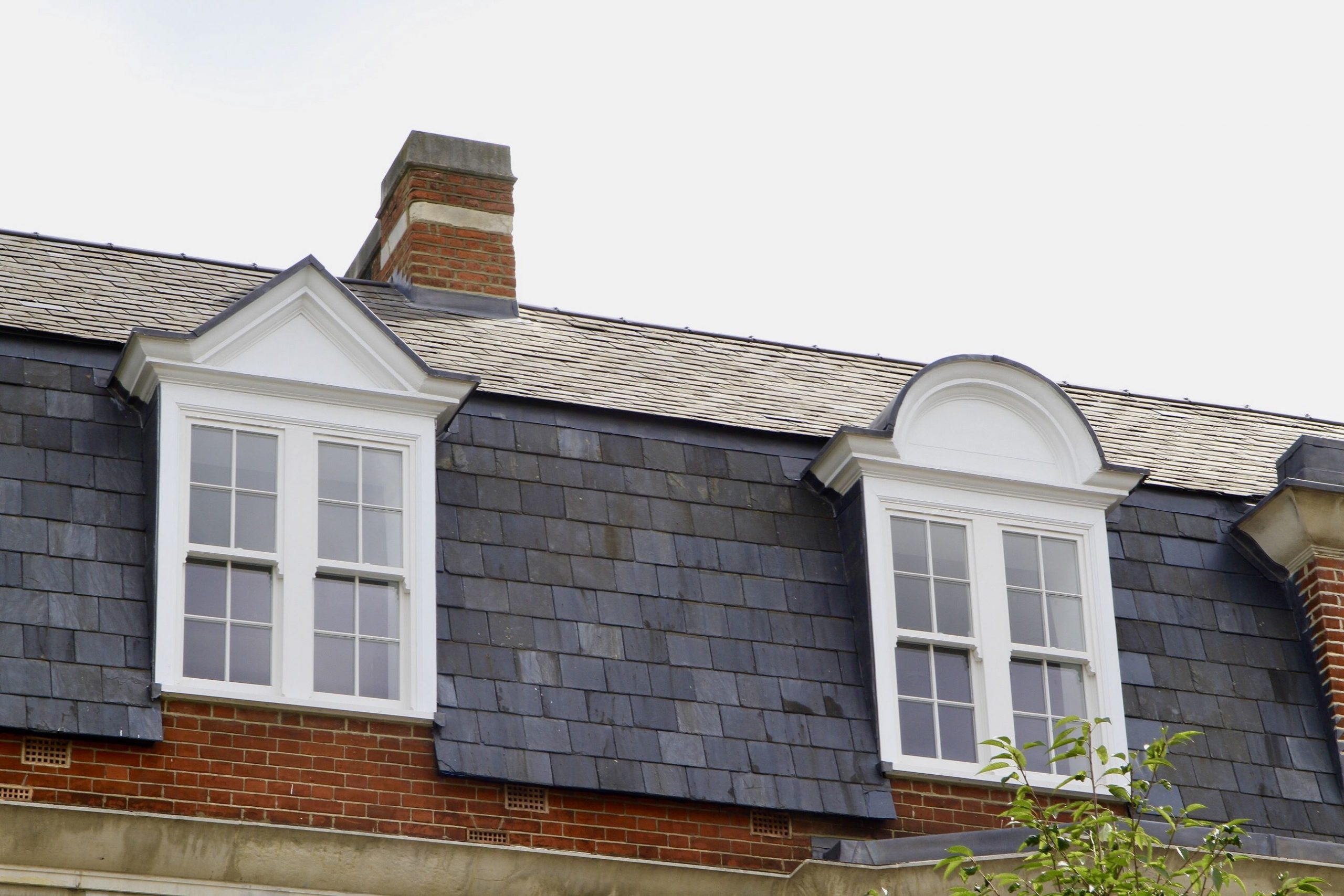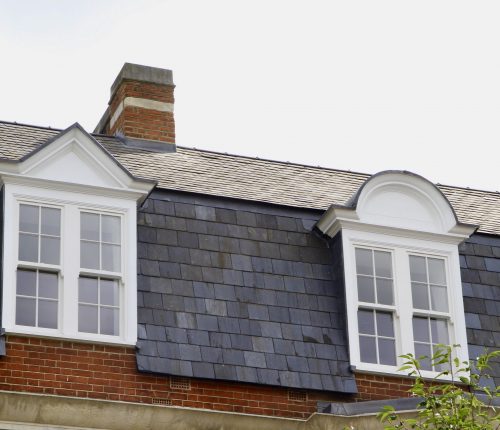Tue Oct 28
When specifying sash window refurbishment or replacement, understanding the individual components isn’t just useful – it’s essential. Each part of a sash window serves a distinct function, from structural support to weather sealing, and knowing how these elements work together helps you make informed decisions about repair, restoration or new installation.
Whether you’re working on a Georgian townhouse in a conservation area or specifying modern sash windows for a new-build development that requires period aesthetics, this technical breakdown will give you a comprehensive reference for all the key parts of a sash window.
The anatomy of a traditional box sash window
At first glance, a classic sash window appears elegantly simple – two sliding sashes moving vertically within a timber frame. But beneath this timeless elegance lies a sophisticated mechanism developed in the 17th century and refined over centuries of use.
The box sash window remains the gold standard for traditional sash windows, particularly in conservation areas where maintaining the aesthetic appeal of original sash windows is paramount. Understanding its components helps you specify works accurately and communicate requirements clearly to contractors and joiners.
The outer frame assembly
The box frame (or sash box) forms the structural foundation of the window. This hollow timber frame houses the counterweights that allow the sashes to move smoothly and hold position at any height.
Sash stiles form the vertical sides of the frame, creating channels (or ‘runs’) within which the sashes slide. These stiles incorporate the pulley system and provide the structural integrity for the entire window assembly.
The staff bead is the removable timber moulding fixed to the inside of the window frame, holding the inner (bottom) sash in place. Removing the staff bead provides access for sash window installation, repair or replacement of the bottom sash – a crucial consideration when specifying refurbishment works.
The parting bead sits between the two sashes, creating separate channels for the upper and lower sashes to slide independently. This slender strip of timber prevents the sashes from touching while allowing smooth vertical movement.
The sashes themselves
Each sliding sash comprises several distinct components that work together to hold the glass panels securely while maintaining structural integrity.
Vertical and horizontal elements
Sash stiles (the vertical side pieces of each sash – not to be confused with the frame stiles) provide the main structural support for the sash assembly. These timbers bear the weight of the glass and connect the horizontal rails.
The top rail forms the uppermost horizontal member of each sash, while the bottom rail provides weight and stability at the base. The bottom rail of the lower sash often features a bevelled profile to assist water drainage.
The horizontal meeting rail (or meeting rails, plural, when referring to both sashes) is where the top sash and bottom sash meet when closed. These rails typically feature complementary profiles that interlock to prevent draughts and improve weather sealing – a critical detail for energy efficiency.
Glazing components
Glazing bars (also called sash bars or astragal bars) are the slender timber divisions that create the characteristic multiple-pane appearance of traditional sash windows. These wooden glazing bars weren’t merely decorative; when 17th century technology could only produce small panes of glass, glazing bars provided essential structural support.
Modern sash windows often incorporate double glazing or even triple glazing for improved energy efficiency. While contemporary sealed units don’t require functional glazing bars, many specifications include applied astragal bars or through-glazing bars to maintain the authentic appearance of older sash windows while delivering modern thermal performance.
The counterbalance mechanism
The mechanism that allows sashes to glide effortlessly and remain at any position relies on several interconnected parts working in harmony.
Weights and cords
Sash weights – traditionally made from cast iron – sit hidden within the box frame cavity. These weights counterbalance the weight of each sash, making operation smooth and allowing the window to hold position without catches or stays.
The sash cord (or chains in some installations) connects each sash to its counterweights. This cord runs over a sash pulley – a small wheel mechanism housed at the top of the frame – allowing the weight to move freely as the sash opens and closes.
In specifications for original sash window restoration, the condition of sash cords should be carefully assessed. Natural fibre cords degrade over time, and failure is one of the most common issues affecting older installations. TRC Contracts’ sash window restoration service includes replacement of worn cords with modern, durable alternatives that maintain authentic aesthetics.
Alternative mechanisms
Spring sash systems offer an alternative to the traditional weighted mechanism, particularly useful in situations where wall thickness doesn’t accommodate a full box frame. These systems use spring-loaded balances rather than weights, reducing the frame depth required while maintaining smooth operation.
TRC Contracts’ spring sash windows provide this modern alternative while preserving the appearance of classic sash window design – an ideal solution for certain refurbishment projects.
Hardware and fittings
Several smaller components complete the sash window assembly and affect both function and appearance.
Sash lifts are the recessed handles fixed to the bottom rail of the lower sash, providing a grip point for opening. These details, though small, contribute significantly to the authentic character of period installations.
Fasteners (typically D-locks or fitch catches) secure the meeting rails together when the window is closed. These not only provide security but also pull the meeting rails tightly together, improving weather sealing and reducing draughts.
Weather seals aren’t traditionally visible but play a vital role in modern performance standards. Our article on sash window seals explores how discreet brush pile and compression seals can dramatically improve energy efficiency while remaining virtually invisible in traditional timber frames.
What are the main advantages of understanding sash window components?
Understanding the different parts of a sash window enables accurate specification, supports informed decisions about repair versus full replacement strategies, and facilitates clear, confident communication with contractors and conservation officers when planning or carrying out work in highly sensitive historical or heritage building contexts.
Parts of a sash window: Modern developments in traditional design
Contemporary sash window design has evolved to meet current performance standards while respecting historical precedents. TRC Contracts’ easy clean sash windows incorporate tilt functionality, allowing both sashes to pivot inward for safe cleaning from inside – a significant advantage in upper-floor installations.
This modern adaptation doesn’t compromise authenticity. From the exterior, these windows remain indistinguishable from traditional box sash windows, making them suitable for conservation areas while meeting the practical needs of contemporary building management.
Double glazing and triple glazing options deliver the energy efficiency required by Building Regulations while maintaining slim sightlines. Properly specified, modern timber windows can achieve U-values below 1.4 W/m²K – a considerable improvement over single glazing – without compromising the proportions and aesthetic appeal that make sash window design so enduringly popular.
Specifying with confidence
Whether you’re specifying sash window restoration for a listed building or new windows for a development in a conservation area, understanding these components helps you communicate requirements precisely.
For refurbishment projects, knowing the different parts allows you to identify which elements require repair or replacement. A window in otherwise good condition might simply need new sash cords and weather seals rather than complete replacement – a more sustainable and often more economical approach.
When replacement is necessary, this technical knowledge helps you specify appropriate details: glazing bar profiles, meeting rail configurations, hardware finishes and mechanical systems that suit the building’s character and the client’s performance requirements.
Working with specialists
At TRC Contracts, we’ve manufactured and installed timber sash windows for decades. Our experience with both traditional and modern sash window systems means we understand the technical nuances that make these classic windows perform reliably while maintaining their authentic character.
Whether you’re dealing with original 17th century installations requiring careful conservation or specifying new high-performance sash windows that respect historical context, we provide technical support at every stage – from initial specification through to installation and aftercare.
Understanding the parts of a sash window gives you a deeper appreciation of why these windows have remained the type of window of choice for period properties for over 300 years. Their elegant solution to ventilation, natural light and architectural proportion continues to offer both timeless elegance and, with modern refinements, excellent thermal performance.
Need specification support for your next project?
Contact our team of sash window experts at TRC Contracts to discuss your requirements. We’ll help you specify the right components, systems and details to deliver authentic aesthetics with modern performance.





